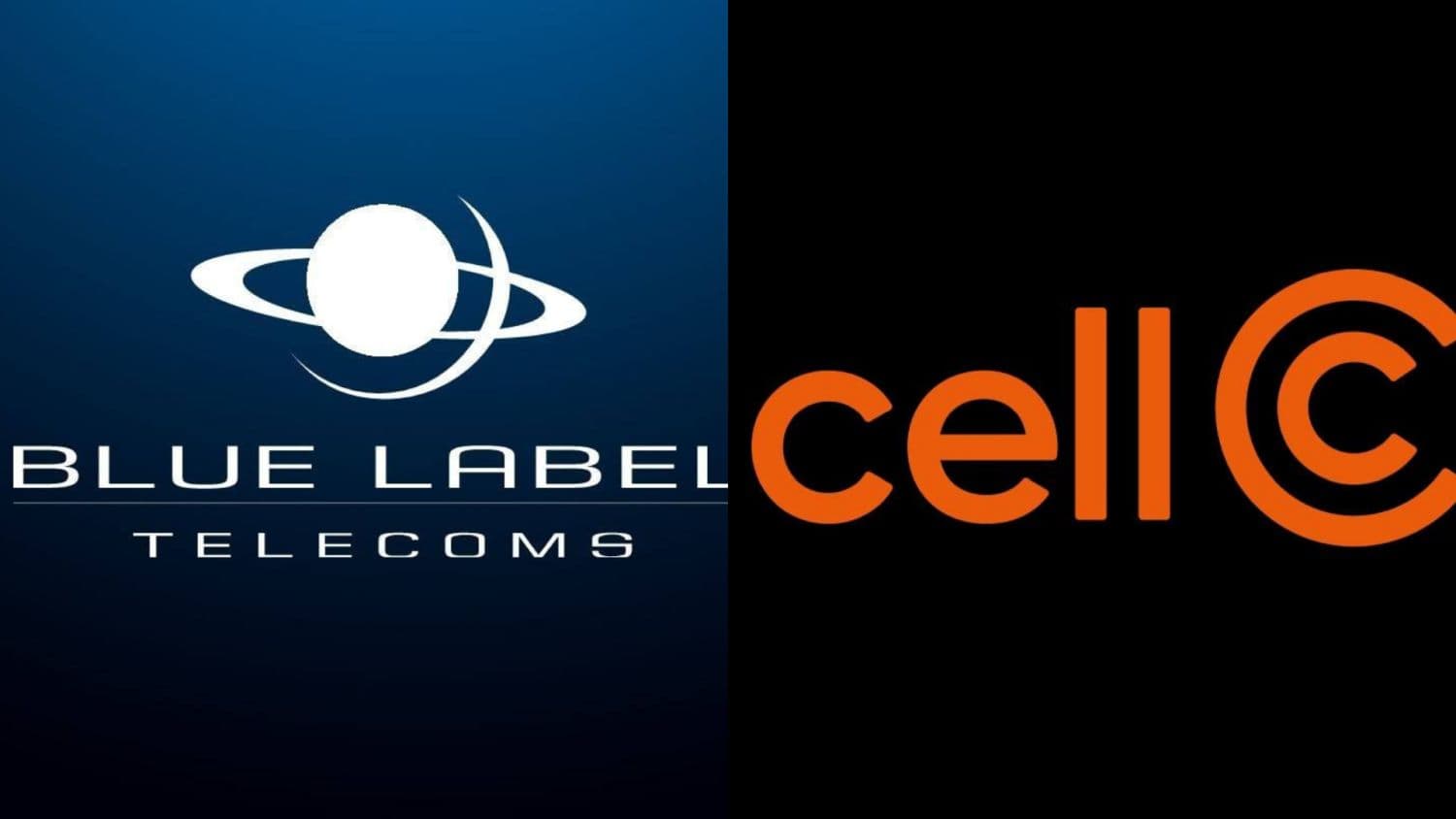As of February 2025, Blue Label’s financial results revealed that Cell C remains technically insolvent, with its liabilities continuing to exceed its assets — a condition that has persisted since shortly after 2019.
Blue Label, parent company to Cell C is looking at restructuring the business, which will allow a separation and potential future listing of struggling mobile network, Cell C on the Johannesburg Stock Exchange (JSE).
According to reports, Cell C’s financial woes began around 2015, when it was unable to make a profit despite reselling airtime. It was during a restructuring process that created three special purpose vehicles to restore Cell C’s debt, following Blue Label’s acquisition of a 45% stake.
Mobile network still technically insolvent
The company’s financial challenges intensified, and it began a restructuring process that included a recapitalisation in 2022 to reduce debt.�
In early 2021, Cell C began migrating its customers to roam on partner networks, specifically MTN and Vodacom, and deactivated its physical towers and Radio Access Network (RAN) in June 2023.�
Blue Label’s financial results in February 2025 showed that Cell C is still technically insolvent, meaning its liabilities exceeded its assets, which has been an issue since 2019.
The financial results showed that the mobile network had a negative equity of -R3.3 billion. Negative equity means that a company will not be able to settle all of its liabilities with its assets if it is liquidated.
Analysts warned Blue Label that acquiring a stake in Cell C is not a very good idea, because the South African telecommunications market is dominated by Vodacom and MTN.
Plans to list the mobile network
Blue Label’s Stock Exchange News Service (SENS), said, “the proposed restructuring is expected to encompass various ancillary transactions, aimed at optimising Cell C’s capital structure and balance sheet in preparation for a potential separation and future listing on the JSE.
“Should Blue Label elect to implement the proposed restructuring, it is envisaged that the various restructuring steps will be inter-conditional and contingent upon the potential listing of Cell C.
“The implementation of the restructuring and potential listing will remain subject to, among other conditions, approval by the boards of Blue Label and Cell C, requisite shareholder and regulatory consents, and favourable market conditions.”
How the restructuring will work
• “Airtime asset transfer: The Prepaid Company Proprietary Limited (“TPC”), a wholly owned subsidiary of Blue Label which holds shares and debt claims in Cell C, will transfer Cell C airtime currently held by TPC on its balance sheet to Cell C in exchange for newly issued additional equity in Cell C.
• “Debt-to-equity conversion: TPC’s outstanding debt claims against Cell C will be capitalised and converted into equity, further reducing Cell C’s leverage.
•” Acquisition of Comm Equipment Company Proprietary Limited (“CEC”): Cell C will acquire 100% of CEC (a wholly owned subsidiary of Blue Label) from TPC in exchange for additional Cell C shares. CEC is a subsidiary responsible for Cell C’s postpaid offerings. The internalisation will enable Cell C to assume full responsibility over its postpaid customer base, including oversight of supply chain, commercial operations, marketing, billing, credit, and collections.
• “SPV restructure: The Special Purpose Vehicles (SPVs) currently holding equity interests in Cell C will also be restructured as part of the broader initiative, aligning their ownership structures with the redefined capital framework.”
ALSO READ: Cell C has suspended 400 workers, but it’s not about race, says ICTU
How does listing make money?
According to the JSE, listing a company primarily benefits the company by enabling it to raise capital through public share offerings. This capital can then be used for various purposes, such as expansion, debt repayment, research and development, or gaining a competitive advantage.�
“Well-established companies seeking equity funding to grow their business list on the Main Board. Almost a fifth of the Main Board companies are dual-listed. This means that a company is listed on two or more exchanges.�
“If a company has a secondary listing on the JSE, it has its primary listing on another exchange and is regulated by the exchange holding its primary listing. Companies have secondary listings to enable them to raise capital in markets other than the market accessed by their primary listing.”
Pick n Pay lists Boxer to make money
Pick n Pay Group listed its pride and joy, Boxer, on the JSE with the aim of taking it out of its financial woes.
Before the listing, Pick n Pay Group was technically insolvent; the retailer’s revenue increased from R109.28 billion to R115.37 billion, while trading expenses rose from R20.15 billion to R22.55 billion. Total liabilities exceeded total assets by R183 million.
However, CEO Sean Summers said the retailer has a strategy to turn the ship around, including the listing of Boxer. “The Boxer IPO remains pivotal to our strategy, and their remarkable performance continues to prove it is an exceptional business. We are excited to see it thrive as a listed entity,” said Summers.
Through Boxer’s initial public offering (IPO), Pick n Pay was able to raise more than R8.5 billion from the 157.4 million shares allocated to qualifying investors at a share price of R54. Pick n Pay still owes 63% of Boxer.
NOW READ: How did Pick n Pay do it? From technically insolvent to growing sales in months












